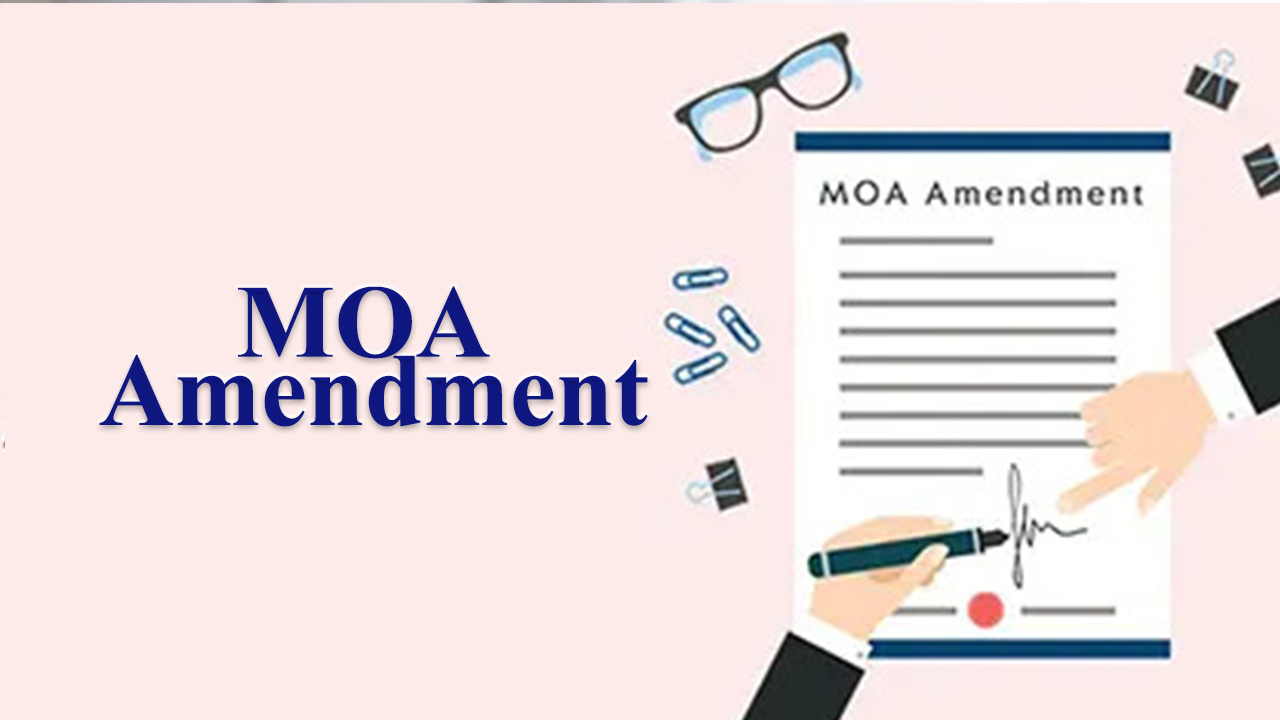Winding up
Winding up as the name clarifies means to close. Therefore, winding up a company means closing/ dissolving the company business. The process of winding up a business can be simply understood as de-registering the company. A company which applies for winding up ceases to do any business in future. This is because the company ceases to exist after completion of winding up.
Service Overview
Winding up as the name clarifies means to close. Therefore, winding up a company means closing/ dissolving the company business. The process of winding up a business can be simply understood as de-registering the company. A company which applies for winding up ceases to do any business in future. This is because the company ceases to exist after completion of winding up. Under winding up, the assets of company are converted to cash in order to facilitate that the creditors are paid off, and any surplus is distributed amongst the members. The process of winding up is bound by legal compliances as per provisions of Company laws. Winding up process can be done for both solvent companies and insolvent companies.
There are two types of winding up: - Voluntary winding up
- Compulsory winding up by Tribunal (Winding up by creditors)
Cost of Digital Signature, Government Fees and Stamp Duty, if any, is payable by the client in addition to the Professional Fee being charged by indian MSME Helpline.
Our Package includes the followings:
- No liability on directors
- Legal action is halted
- Leases can be cancelled
Brief Process
-
Procedure for voluntary winding up
-
Convene a board meeting, and pass a resolution with a declaration by the directors that they have made an enquiry in the affairs of the Company and the company agrees to pay from the proceeds of the assets disposed of in the voluntary wind up of the company.
-
Written Notices should be issued, for the general meeting proposing the resolutions, with a suitable explanatory statement.
-
Pass the ordinary resolution for winding up of the Company in the generally meeting by ordinary majority or special resolution by 3/4 majority. This date of passing the resolution, marks as the date of commencement of the winding up process.
-
A meeting of the creditors should be conducted on the same day or the next day of passing the resolution regarding winding up.
-
If the 2/3rd value of the creditors are of the opinion that it is in interest of all parties to windup the Company, then Company can wound up voluntarily.
-
Within 10 days of passing the resolution for winding up, a notice for appointment of liquidator must be filed with the registrar.
-
The affairs of the company need to be windup and prepare the liquidators account of the Winding up and to get it audited.
-
Call for the final General meeting of the Company.
-
A special resolution should be passed for the disposal of the books and the papers of the company when the affairs of the company are completely wound up and it is about to be dissolved.
-
Within two weeks of the general meeting of the Company, file a copy of the accounts and the application to the tribunal for passing an order for the dissolution of the company.
-
The tribunal shall pass an order dissolving the company within 60 days of receiving the application.
-
The company liquidator is required to file a copy of the order with the registrar. On receipt of copy of the Tribunal Order, the Registrar shall publish a notice in the official gazette that the Company is dissolved.
-
-
Compulsory winding up by Tribunal (Winding up by creditors)
-
The appeal to the court needs to be recorded along with the announcement of issues.
-
In the wake of investigating the believability of the appeal recorded, the council may acknowledge or dismiss the previously mentioned request.
-
The liquidator will execute all advantages of the organization, look at the book of records, and aggregate into a draft/report.
-
These reports are to be sent to the court after the closing down the board of trustees had acknowledged the equivalent.
FAQ
Any company which intends to liquidate itself voluntarily and has not committed any default can initiate the voluntary winding up.
The entity should comply with the following conditions for voluntary winding up:
1. Declaration from majority of the directors of the company verified by an affidavit stating that-
“they have made a full inquiry into the affairs of the company and they have formed an opinion that either the company has no debt or that it will be able to pay its debts in full of the proceeds of assets to be sold in the voluntary liquidation; and the company is not being liquidated to defraud any person.”
2. The above said declaration shall be accompanied with the following documents, namely: —
-
audited financial statements and record of business operations of the company for the previous two years or for the period since its incorporation, whichever is later.
-
a report of the valuation of the assets of the company, if any prepared by a registered
The company is required to file the order in Form INC-28 with the ROC.
Commencement date of liquidation process will be date of resolution, subject to approval of creditors.
The liquidator has the following powers:
-
To verify claims of all the creditors.
-
To take into his custody or control all the assets, property.
-
To evaluate the assets and property of the corporate debtor.
-
To take such measures to protect and preserve the assets and properties of the corporate debtor.
-
To carry on the business of the corporate debtor for its beneficial liquidation.
-
To sell the immovable and movable property and actionable claims of the corporate debtor in liquidation by public auction or private contract.
- To draw, accept, make and endorse any negotiable instruments including bill of exchange, hundi, or promissory note in the name and on behalf of the corporate debtor.
- Other powers as mentioned in code.
The proceeds from the assets shall be distributed in the below preferences:
-
Insolvency resolution process costs and the liquidation costs paid in full
-
Workmen’s dues for the period of twenty-four months preceding the liquidation commencement date; and debts owed to a secured creditor in the event such secured creditor has relinquished security
-
wages and any unpaid dues owed to employees other than workmen for the Period of twelve months
-
Financial debt owed to unsecured creditor
-
any amount due to the Central Government and the State Government
-
any remaining debts and dues.
-
Preference shareholders, if any
-
Equity shareholders or partners
Liquidator shall collect the claims and their proofs in respective forms as mentioned in schedules:
-
Financial creditor- Form C
-
Operational creditor- Form B
-
Employees and workmen- Form D
-
Any other person not included above- Form F
The liquidator shall complete the liquidation process within 12 months from the commencement date. If the liquidation proceedings does not complete in 12 months, the liquidator shall hold a meeting of the contributories of the corporate person within fifteen days from the end of the twelve months from the liquidation commencement date, and at the end every succeeding twelve months till dissolution of the corporate person.
Legal action is halted:
All legal actions in respect of previous and existing contracts is stopped, as soon as liquidation process is initiated.
Leases can be cancelled
Hire Purchase agreements and lease terms are generally cancelled/ terminated at the date of liquidation.
No liability on directors
Creditors cannot take any action against the directors, unless they have any personal liability.
Documents Required
- PAN Card of company
- Most recent accounts statement
- Declaration of the winding up of the financial balance.
- Explanation of records identified with all advantages and liabilities of the company, reviewed by Chartered Accountant (CA).
- A repayment bond, which ought to be legally approved by the executives.
- Confirmation of endorsement of the goals by ¾ of the board.
- Application for evacuating the name of the company.




.png)



.png)